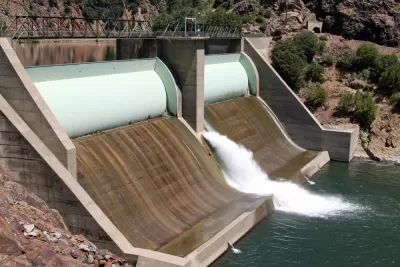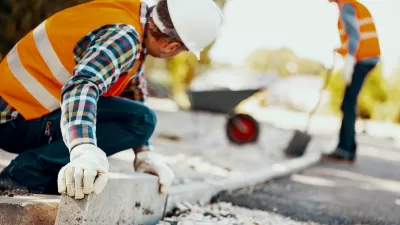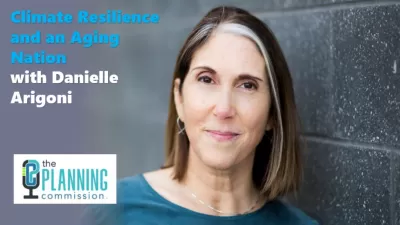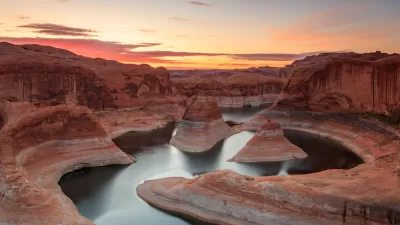There are more than 90,000s dams in the U.S.; many will never be visited by federal or state inspectors.

Climate change poses serious challenges to dams all over the world. In the United States, there are about 91,000 dams and a backlog of related maintenance projects. The Association of State Dam Safety Officials estimates those projects would cost 71 billion dollars to complete. “And scientists say the likelihood of dam failures — which not only threaten lives but also release toxic sediments trapped in reservoirs behind many dams — will increase as extreme precipitation events become more frequent in a warming world,” Jacques Leslie reports in Yale Environment 360.
Civil engineers offer a similarly bleak perspective. "Largely as a result of the funding shortfall, in its latest infrastructure report card, in 2017, the American Society of Civil Engineers (ASCE) gave the nation’s 91,000-plus dams a D grade, the same grade they have received in every ASCE report card since the first one was issued in 1998," Leslie writes.
Regulators have a difficult task in accessing the safety of dams. On average there is only one state inspector for every 200 dams, but because states vary greatly, some states have more available labor to devote to inspections than others. "Oklahoma, for example, employs just three full-time inspectors for its 4,621 dams; Iowa has three inspectors for its 3,911 dams. Largely because of its legislators’ distrust of regulation, Alabama doesn’t even have a safety program for its 2,273 dams," Leslie reports. High-hazard dams, that could threaten human lives if they fail, are supposed to be inspected every two and a half years, but many go much longer than that.
FULL STORY: In an Era of Extreme Weather, Concerns Grow Over Dam Safety

Planetizen Federal Action Tracker
A weekly monitor of how Trump’s orders and actions are impacting planners and planning in America.

Chicago’s Ghost Rails
Just beneath the surface of the modern city lie the remnants of its expansive early 20th-century streetcar system.

San Antonio and Austin are Fusing Into one Massive Megaregion
The region spanning the two central Texas cities is growing fast, posing challenges for local infrastructure and water supplies.

Since Zion's Shuttles Went Electric “The Smog is Gone”
Visitors to Zion National Park can enjoy the canyon via the nation’s first fully electric park shuttle system.

Trump Distributing DOT Safety Funds at 1/10 Rate of Biden
Funds for Safe Streets and other transportation safety and equity programs are being held up by administrative reviews and conflicts with the Trump administration’s priorities.

German Cities Subsidize Taxis for Women Amid Wave of Violence
Free or low-cost taxi rides can help women navigate cities more safely, but critics say the programs don't address the root causes of violence against women.
Urban Design for Planners 1: Software Tools
This six-course series explores essential urban design concepts using open source software and equips planners with the tools they need to participate fully in the urban design process.
Planning for Universal Design
Learn the tools for implementing Universal Design in planning regulations.
planning NEXT
Appalachian Highlands Housing Partners
Mpact (founded as Rail~Volution)
City of Camden Redevelopment Agency
City of Astoria
City of Portland
City of Laramie





























